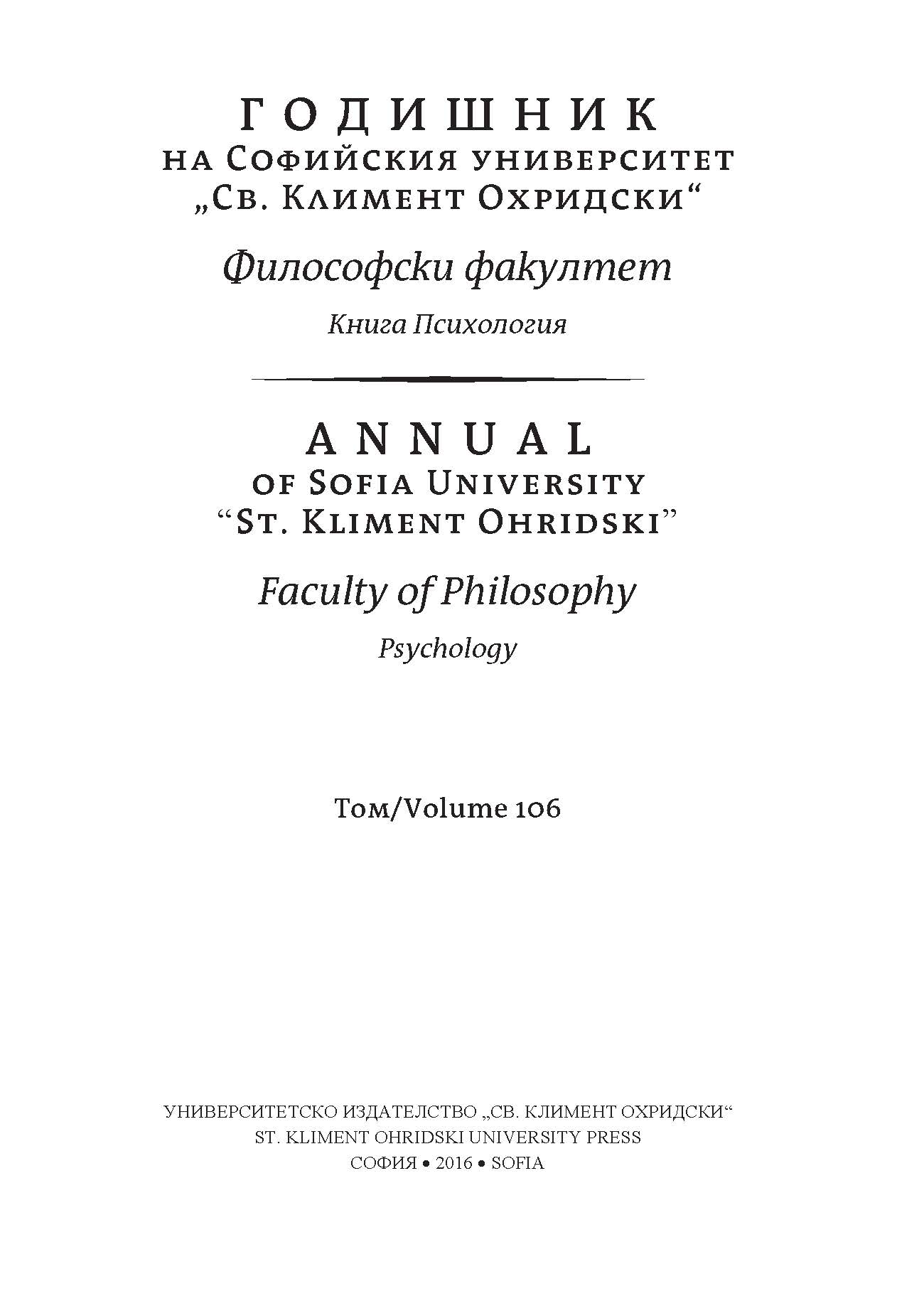Теоретични подходи към несуицидното самонараняване
Theoretical approaches to non-suicidal self-injury
Author(s): Yavor VassilevSubject(s): Social Sciences, Psychology, Clinical psychology
Published by: Софийски университет »Св. Климент Охридски«
Keywords: non-suicidal self-injury; epidemiology; etiology; explanatory models
Summary/Abstract: The term non-suicidal self-injury (NSSI) is defined as the direct, deliberate destruction of one’s own bodily tissue in the absence of suicidal intent and for reasons not socially or culturally sanctioned. During the past few decades, scientific interest in NSSI has grown considerably, which has led to the development of several theoretical models that aim to clarify the mechanisms underlying the occurrence of this maladaptive behavior. The present paper describes key features of NSSI that distinguish it from other harmful behaviors such as indirect self-injury and suicide attempts. Although engagement in NSSI is a symptom of borderline personality disorder, it has been argued that the behavior represents an independent clinical phenomenon. Preliminary findings that support the conceptualization of NSSI as a separate clinical syndrome are reviewed. Recent epidemiological research suggests that rates of NSSI are considerably higher among adolescents and young adults compared to children and older adults. With respect to gender differences, it has been shown that NSSI is slightly more prevalent among females than males. The general aim of this paper is to provide a comprehensive review of the theoretical work on the etiology of NSSI. In addition to a detailed description of several influential etiological models of NSSI and some of their limitations, the paper presents empirical evidence to support those models. Contemporary etiological perspectives conceptualize NSSI as serving two general functions – regulation of aversive internal states and producing influence on interpersonal interaction.
Journal: Годишник на Софийския университет „Св. Климент Охридски“. Философски факултет. Психология
- Issue Year: 106/2016
- Issue No: 1
- Page Range: 79-124
- Page Count: 46
- Language: Bulgarian

